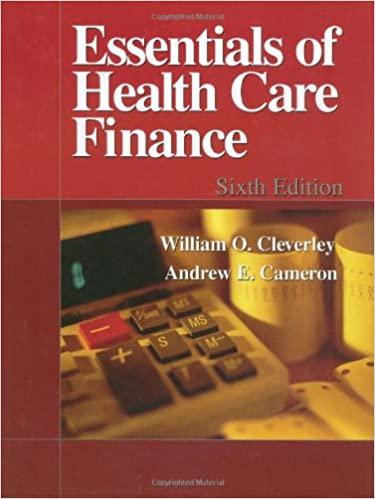
of this security! 4. Consider a European put option on a non-dividend paying stock where the stock price is $40, the strike price is $40, the continuous compounding interest rate is 4% per annum, the volatility is 30% per annum, and the time to maturity is 6 months. (a) Suppose that the log returns of stock in the first 6 months and the last 6 months of a year are i.i.d. Find the volatility of stock return in 6 months. (b) Using the result in (a), calculate u and d according to the Cox-Ross-Rubinstein rule for an one-period binomial model. (c) Calculate the risk-neutral probability for a jump up in the stock price in the stock price over a period of 6 months. (d) write a computer code that computes the put option price using an N-period model. Plot your option price as a function of N for N e [1, 500). (Hint: For the N-period model, you need to recalculate the volatility in a period of length 1/N, then determine the associated up and dn, and recompute By using the new un and dn.) (e) What value do your computed prices converge to? of this security! 4. Consider a European put option on a non-dividend paying stock where the stock price is $40, the strike price is $40, the continuous compounding interest rate is 4% per annum, the volatility is 30% per annum, and the time to maturity is 6 months. (a) Suppose that the log returns of stock in the first 6 months and the last 6 months of a year are i.i.d. Find the volatility of stock return in 6 months. (b) Using the result in (a), calculate u and d according to the Cox-Ross-Rubinstein rule for an one-period binomial model. (c) Calculate the risk-neutral probability for a jump up in the stock price in the stock price over a period of 6 months. (d) write a computer code that computes the put option price using an N-period model. Plot your option price as a function of N for N e [1, 500). (Hint: For the N-period model, you need to recalculate the volatility in a period of length 1/N, then determine the associated up and dn, and recompute By using the new un and dn.) (e) What value do your computed prices converge to







